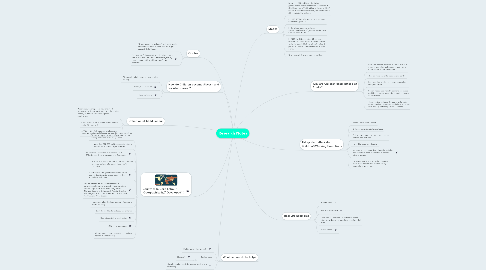Research Notes
da Taylor HOANG


1. How do Children become Slaves - and for what reason?
1.1. Often work to help support their families- poverty
1.2. Family Sells them off
1.3. Slave trafficking
2. Definition of Child Labour
2.1. People in sweatshops- are now enslaved because they do not work under the threat of a penalty or without volunteering their employment.
2.2. Child labour is the enslavement of anyone under 18 years old.
2.3. In 1900, 18% of all american workers were under the age of 16
3. Countries In Child Labour (Geographically// Developed? )
3.1. Today, child labour is present in many industries - from the carpet sector in Afghanistan to the cocoa plantations in the Ivory Coast.
3.2. More than 300,000 children are estimated to be trapped in india’s carpet industry
3.3. 45.8 million - estimated number enslaved - 58% of those living in slavery are in 5 countries
3.4. In 2016, it is estimated that 45.8 million people are in some form of modern slavery in 167 countries
3.5. In Uzbekistan, the government continues to subject its citizens to forced labour in the annual cotton harvest
3.6. The countries with the lowest estimated prevalence of modern slavery by the proportion of their population are Luxembourg, Ireland, Norway, Denmark, Switzerland, Austria, Sweden and Belgium, the United States and Canada, and Australia and New Zealand.
3.7. Luxembourg has the least amount of people in modern slavery
3.8. ¼ of the world’s slaves today are children
3.9. Countries with the most action
3.10. Of the 161 countries:
3.11. Almost every country in the world has laws against modern slavery.
4. What can we do to help?
4.1. Build a slave - free closest:
4.2. Buy fair trade
4.2.1. Clothing?
